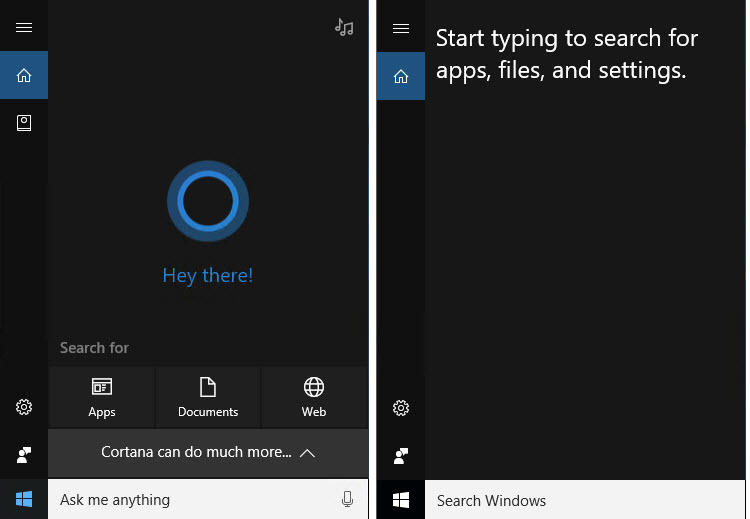Three New Year's resolutions Microsoft needs to keep in 2017


In 2017, Cortana must begin moving beyond the desktop as a default voice agent.
When Satya Nadella took over as Microsoft CEO, the company effectively ended (or at least postponed) its war with Apple and Google for the mass market mobile consumer and focused instead on businesses and productivity-oriented professionals.
Since then, it has set a path for reconciling the desktop and touch worlds with Windows 10, shown it can innovate in mature PC categories with Surface Studio, and made people stand up and take notice with eye candy technologies such as 3D and augmented reality. Microsoft has already set much of its ecosystem agenda for 2017, but here are three areas where it needs to focus.
Launch new Surfaces. Microsoft's success with the pro versions of its Surface have overshadowed the lack of progress it has made with the lower end of the tablet market. Microsoft made a splash with the Surface Studio last year and its dial controller, but it's a designer showpiece shot across Apple's bow. Of course, the ultimate new Surface Microsoft could launch would be a Surface smartphone version that gets the company back in the game.
Prove out Windows on ARM. Microsoft's last dalliance with Windows on ARM processors -- Windows RT -- cost the company nearly a billion dollars as well as some credibility with companies such as ASUS and Lenovo that supported the platform. It also left customers who took a chance on the Surface 1 and 2 without an upgrade to any flavor of Windows 10.
Now, just a year and a half after the launch of Windows 10, Microsoft is preparing to roll out an entirely new version of Windows on ARM processors in partnership with Qualcomm. Whether due to technology improvement or design goal change, Microsoft intends for this version to offer as complete a PC experience as possible by emulating legacy Win32 apps at reasonable speed. Like Windows RT, which powered the first Lenovo Yoga convertible, the revamped Windows on ARM could pioneer some intriguing new and mobile form factors like the Yoga Book and is a prime candidate to power a successor to the (non-Pro) Surface 3.
Integrate Cortana into IoT. Like Amazon and unlike Google, Microsoft's smartphone efforts have not led to a significant market presence. And so, also like Amazon, Microsoft has much to gain by moving past an app-centric world and pushing its voice-based AI agent hard. Despite being available on multiple high-volume platforms and being received as pretty capable, Cortana is rarely mentioned as a serious challenger to Siri, Google Assistant, or Alexa. Some of this may be because when it comes to Cortana's most popular native platform -- desktop Windows -- the agent sticks out as a retrofit.
As with many of its core technologies, however, Cortana does not have to vie to be the populist solution, a voice agent for the latest Kickstarter gadget. Rather, it could carve out relatively uncharted space by, for example, gathering intelligence from all manners of sensors feeding information into big data processing applications. There are also many interesting ways a virtual agent like Cortana could function in the augmented world of HoloLens. An integration like that would really show off the advantages of what Microsoft is building.